Report on the ICHM-Co-Sponsored Meeting celebrating "Leonhard Euler's Tercentenary," São Paulo, Brazil
5 December, 2007
by Carlos Gonçalves and Cláudio Possani
This meeting, co-sponsored by the ICHM, was hosted by the Brazilian Society for the History of Mathematics, in conjunction with the School of Arts, Sciences, and Humanities and the Institute of Mathematics and Statistics of the University of São Paulo in celebration of the three-hundredth birthday of the Swiss mathematician, Leonhard Euler. Its audience included undergraduate and graduate students as well as mathematicians and historians of mathematics.
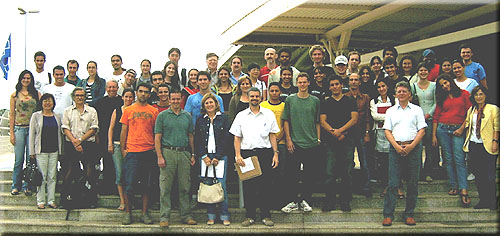
The program was comprised of the following speakers and their talks:
"Euler and the Origin of Graph Theory"
Yoshiko Wakabayashi, Institute of Mathematics and Statistics, University of São Paulo
This talk focused on Euler's solution of the Königsberg Bridge problem and on the concept of graphs and Eulerian trail. It also highlighted the related Hamiltonian circuit problem, its strikingly different computational complexity, and the famous "P = NP?" problem.
Leonhard Euler's Most Popular Textbook and Its Repercussion in Brazil
Circe Mary Silva da Silva, Federal University of Espírito Santo
The translation into Portuguese by Manuel Ferreira de Araújo Guimarães of Euler's Algebra was published in Rio de Janeiro in 1808. It represented one of the first books published in Brazil following the relocation of the Portuguese royal family and the resulting authorization to print books in colonial Brazil.
Euler's "Recherches sur la courbure des surfaces" (1767) and the Evolution of the Qualitative Theory of the Differential Equations of Classical Geometry
Jorge Sotomayor, Institute of Mathematics and Statistics, University of São Paulo
Euler introduced the concept of normal curvature in 1767. This talk traced the presence and influence of this notion in the works of Monge, Dupin, Gauss, and Riemann as well as in the development of geometry and the qualitative theory of differential equations.
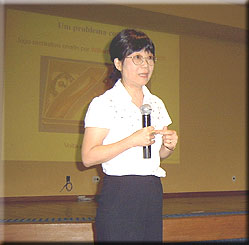
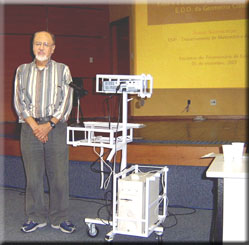
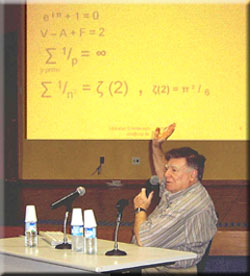
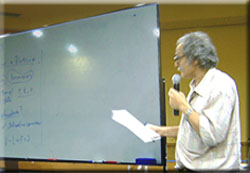
Euler's Recreational Mathematics
Nelo D. Allan, Mato Grosso State University
As is well-known, Euler wrote a number of key papers, explorative in nature, on number theory. This talk analyzed the relation between these number-theoretic works and Euler's recreational mathematics.
Euler, a Multifaceted Mathematician
Ubiratan D'Ambrósio, Pontifical University of São Paulo
This lecture explored Euler's experimental side and examined the relationships between this characteristic of his nature and his intellectual path. It also touched on recent biographical publications on Euler.
Some More Modern Aspects of Topology Related to the Euler Characteristic
Daciberg Lima Gonçalves, Institute of Mathematics and Statistics, University of São Paulo
The concept of the Euler characteristic served as the focal point of this talk. Among the questions explored were: how Euler's famous formula for polyhedra led to the notion of the Euler Characteristic. Some generalizations of this notion and some applications to the study of existence of vector fields on manifolds were also presented.
Uses and Functions of "Elementa Doctrinae Solidorum" in the Field of Geometry
Rogério Monteiro de Siqueira, School of Arts, Sciences and Humanities, University of São Paulo
This lecture analyzed the different readings that the different disciplinary fields of geometry and topology have made of Euler's paper, "Elementa Doctrinae Solidorum."